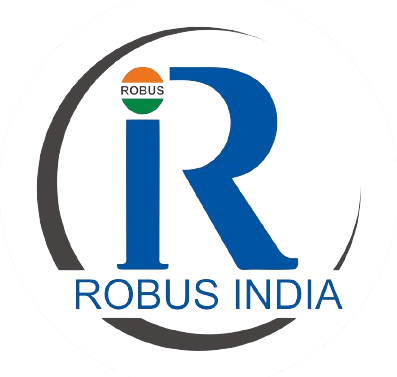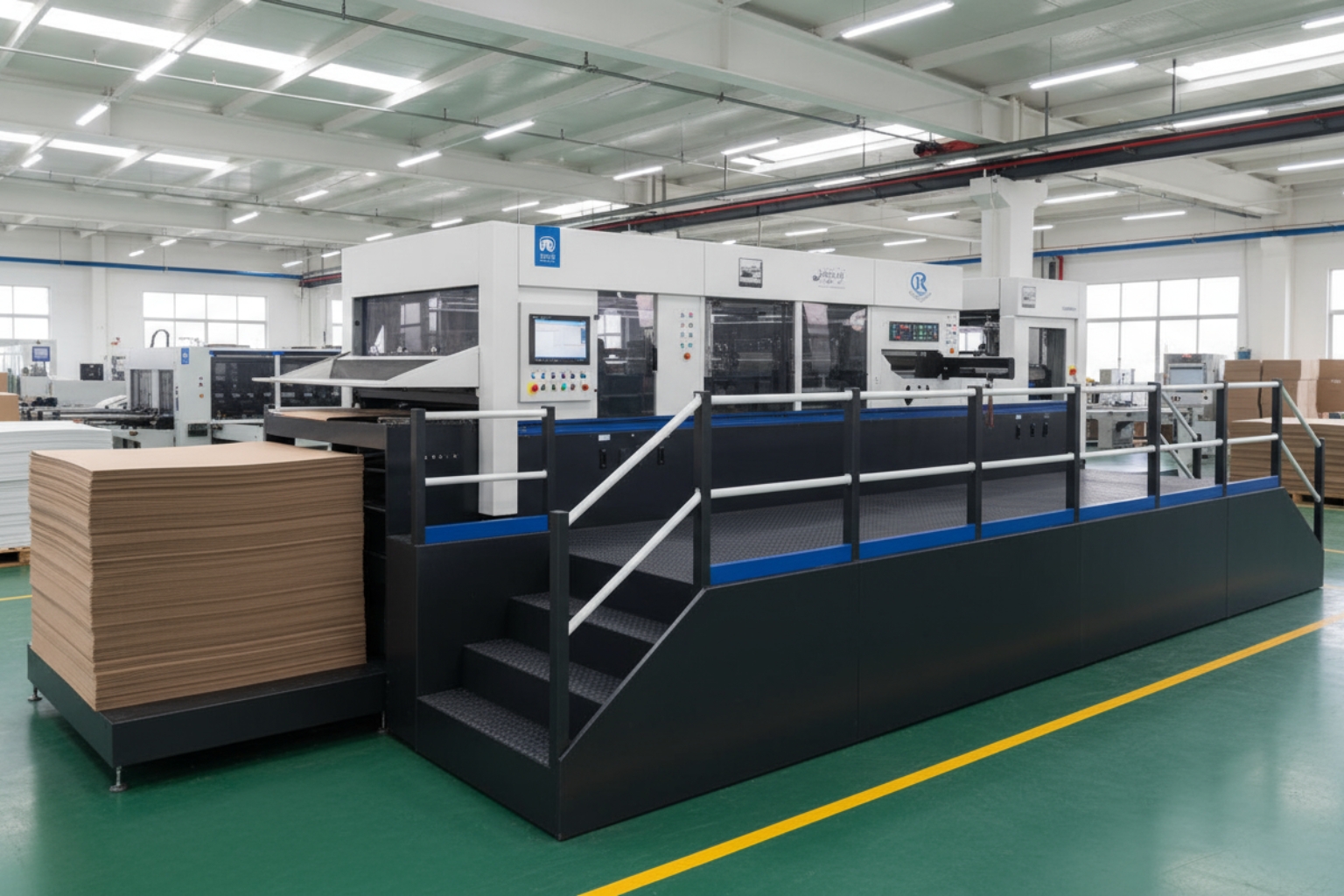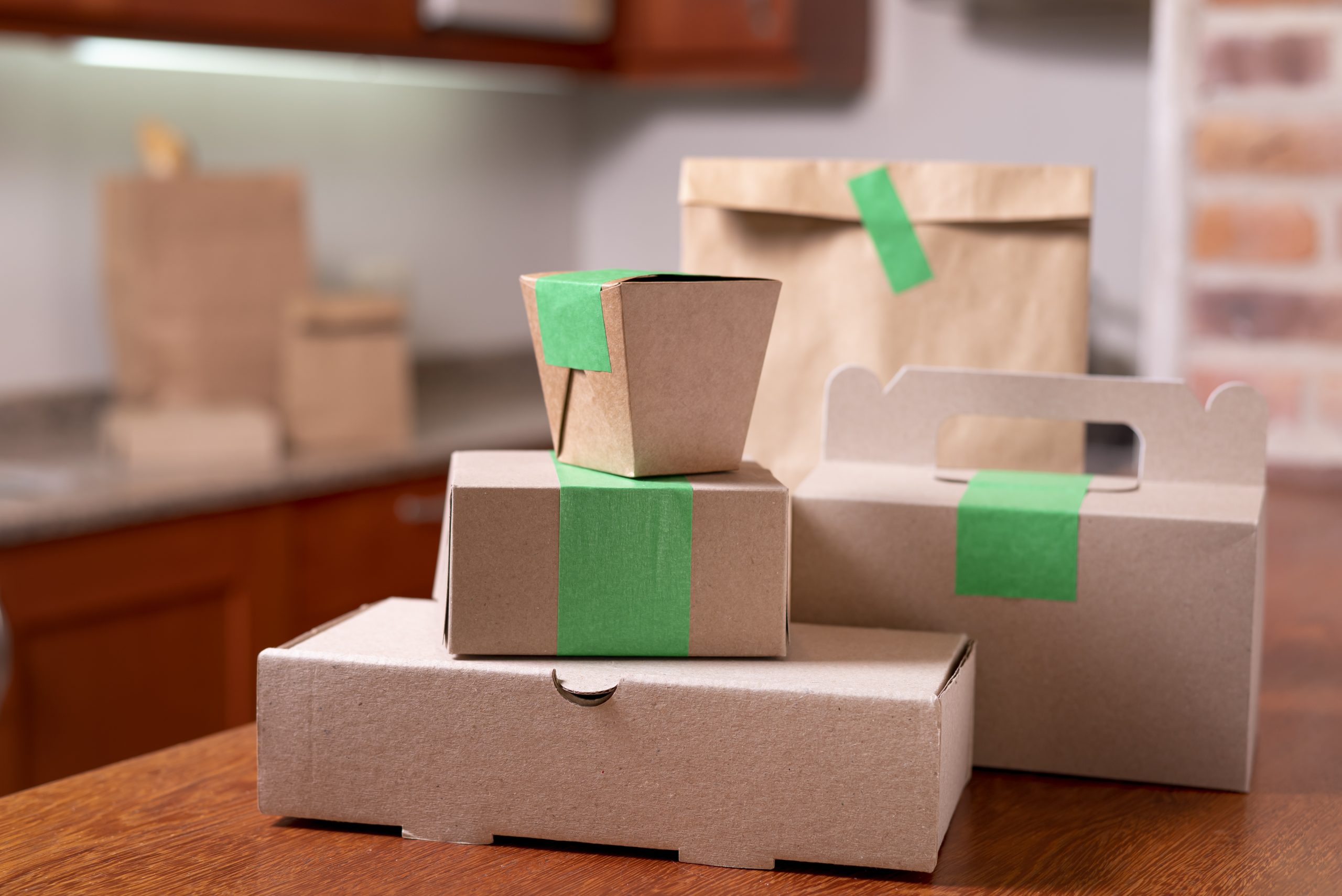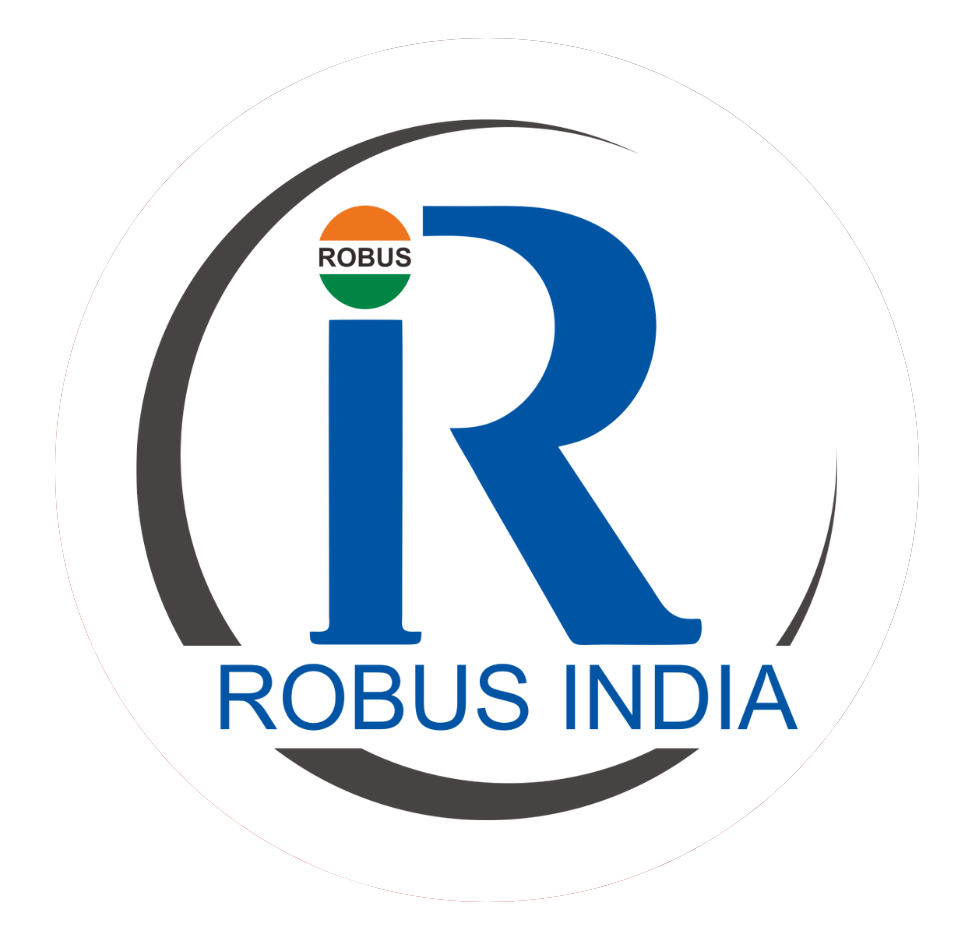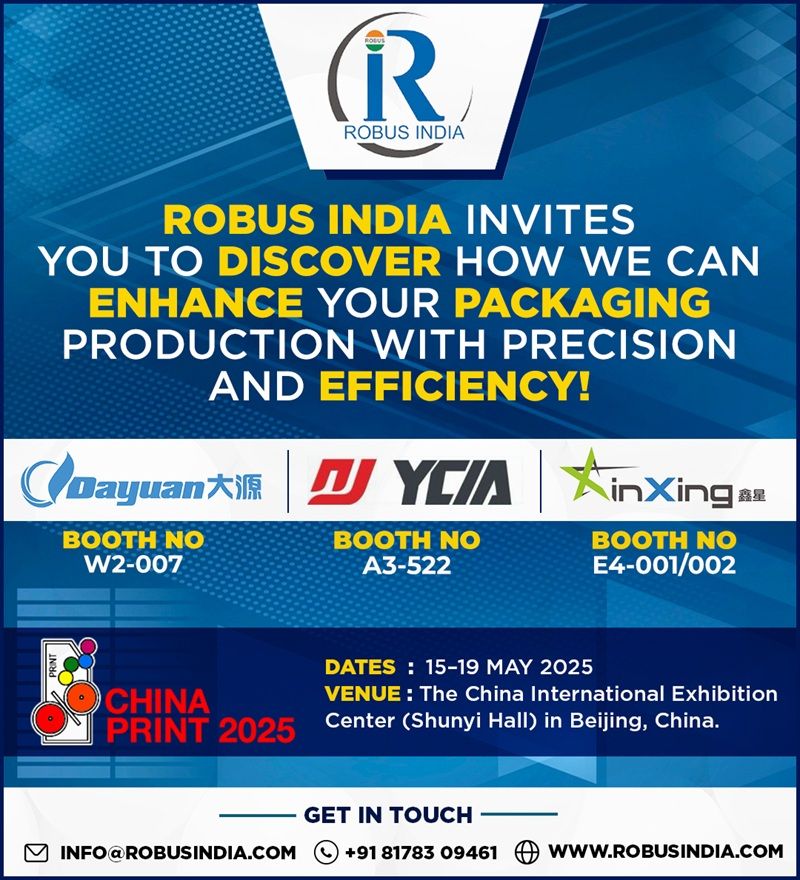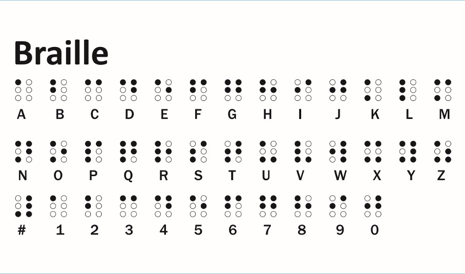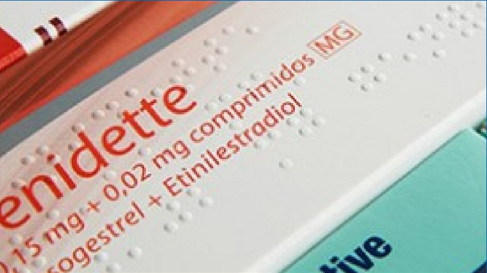Semi-Automatic vs. Automatic Die Cutting: Which One is Best for You?
In today’s sharp-transit packaging and printing industry, die cutting machines play an important role in shaping, cutting and finishing materials such as coaches, corrugated boxes and labels. With increasing consumer demand and tight deadlines, businesses should select between semi-automatic and automatic die cutting machines. But which option is best for you? Find the features, benefits and differences to help make the right decisions. What is Die Cutting and Why Does It Matter? Die cutting is a process that uses a special tool (die) to cut, shape or emboss the material. It is widely used in packaging, printing and labelling to ensure frequent and professional results. Choosing the right machine effect: Efficiency – Faster output with fewer errors. Cost-effectiveness – Reduced material waste. Product quality – Sharp, precise, and uniform cuts. Your choice of the machine can directly affect your production speed, operational costs and ability to meet customer expectations. Understanding Semi-Automatic Die Cutting Machines Key Features Manual feeding with automated cuttings. Compact design with simple operation. Less initial investment than completely automated machines. Pros Cheap for small to moderate businesses. Great flexibility for custom, low volume, or short -term jobs. Easy and low training is required to be maintained. Low power consumption, causing it to cost more. Cons The speed of slow production compared to automated models. Manual labour is required for feeding and collection. Large -scale production is less suitable. Understanding Automatic Die Cutting Machines Key Features Completely automated process: feeding, cutting and stripping. High-speed cuttings for high speed, mass production. Equipped with advanced security and monitoring systems. Pros Extraordinary productivity and consistent results. Minimum dependence on manual labour. High-vantage packaging and ideal for tight time frames. Better efficiency reduces long -term operating costs. Cons High upfront investment. Skilled operators and regular maintenance are required. Large footprints, demand for more factory space. Key Differences Between Semi-Automatic and Automatic Die Cutting When comparing semi-automatic and automatic die cutting machines, several important differences stand out: Speed: Semi-automatic machines work at a moderate speed as they require manual feeding, while automatic die cutters run very fast for automatic feeding and stripping systems. Cost: Semi-automatic machines come with low initial investment, making them ideal for small and medium businesses. Automatic die cutters require a higher advance cost, but they provide better returns on investing (ROI) in a long time through high productivity and low labour costs. Labour requirement: Semi-automatic machines depend on manual operators for feeding and collecting the content, while automatic die cutters reduce manual participation, both time and manpower. Best use case: semi-automatic machines are best suited for people handling small to medium businesses or small production runs. On the other hand, automated die cutters are the right choice for mass manufacturers, which require frequent output and high-capacity production. Which Die Cutting Machine is Best for You? When to Choose Semi-Automatic If you run a small or medium packaging business. If your projects include low runs or custom designs. If you have a limited budget or small production place. When to Choose Automatic If you manage large -scale packaging operations. If you need to fulfil bulk orders under a tight deadline. If your goal is maximum efficiency, stability and scalability. The Future of Die Cutting in Packaging The packaging industry is moving towards smarter, faster and greenery technologies. Future trends include: AI-operated die cutter for accurate and low waste. IOT-capable machines for real-time monitoring and future maintenance. Sustainable die cutting solutions that support recycled and environmentally friendly materials. Investing in the right machine today ensures your business stays competitive tomorrow. Conclusion Both semi-automated and automated die cutting machines have their own strength. Semi-liberated models are perfect for small businesses that are looking for strength and flexibility, while automatic machines largely require speed, efficiency, and stability for manufacturers. The best option eventually depends on your budget, production needs and long -term development goals. Whatever path you choose, die cutting will play a central role in the future of automation packaging.
